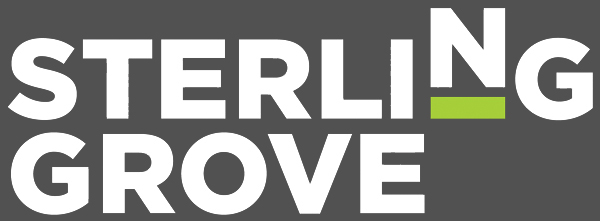You can use the Making tax Digital service voluntarily now. This will allow HMRC to test and develop the service before 6 April 2024.
You must use this service starting from 6 April 2024, if your qualifying income from your self-employed business or income from property is above £10,000.
Who can use Making Tax Digital for Income Tax?
You can start using the service voluntarily if you’re:
- a UK resident
- registered for Self Assessment with returns and payments that are up to date
- a sole trader with income from one or more businesses, or a landlord who rents out UK property
You cannot sign up yet if you need to report income from any other sources.
What you’ll need to do to use this service
To use Making Tax Digital for Income Tax, you’ll need to:
- get software that is compatible with Making Tax Digital for Income Tax
- use software to keep digital records
- send quarterly updates for business income and expenses
- submit your end of period statement
- submit a final declaration
Keeping digital records using software
You’ll need to use compatible software to keep digital records of all your business income and expenses from your self-employment or property business.
You’ll use this software to keep records and send updates. You should maintain your records using the software:
- as close to the date of the transaction as possible
- before you submit the quarterly update for that period
Signing up
You can sign up now for Making Tax Digital for Income Tax for your current or next accounting period.
Alternatively, you can authorise us to act for you (as your agent) and we will be able to sign up your business.
Find out how to authorise an agent
You can authorise HMRC to exchange data with an agent acting on your behalf for any Making Tax Digital service. Once authorised, an agent can sign up your business and use software to create, view, edit and send your data to HMRC. Your agent may also keep and maintain digital records on your behalf.
If you’ve previously authorised an agent to act on your behalf, you will not need to re-authorise them for Making Tax Digital for Income Tax.
An agent will not necessarily have access to all your source data. You’ll be able to manage this using permissions. If an agent cannot make corrections to your digital records, they’ll need to tell you about any corrections needed to your digital records.
Sending quarterly updates using compatible software
Before you send quarterly updates, follow the instructions using your Government Gateway user ID and password to authorise your compatible software. You must use the user ID you got when you signed up for either:
- Self Assessment
- an agent services account
After your compatible software is authorised, you’ll send updates for each income source to HMRC every 3 months. These updates are summaries of your business income and expenses. Your software will tell you when and how to send the updates.
Use standard quarterly period dates
The quarterly periods in each tax year are:
- 6 April to 5 July
- 6 July to 5 October
- 6 October to 5 January
- 6 January to 5 April
You must submit quarterly updates within one month of the end of the standard quarterly periods.
Use calendar quarter dates
You can choose to use calendar quarters. These are:
- 1 April to 30 June
- 1 July to 30 September
- 1 October to 31 December
- 1 January to 31 March
If you use calendar quarters, you must tell HMRC at the earliest of these two opportunities:
- the time you submit your first quarterly update
- the date of your first quarterly deadline
Send quarterly updates by these dates
Deadlines for quarterly updates are the same for standard and calendar quarters. From the start of the tax year deadlines are:
- 5 August
- 5 November
- 5 February
- 5 May
If you fail to submit by the deadline, you may be liable for a late submission penalty.
Submitting an end of period statement
At the end of the tax year you need to finalise your business income.
For each income source you’ll submit an end of period statement. Your software will produce statements for you. This is where you confirm that the updates you sent are correct and make any accounting adjustments.
Check the deadline for end of period statements
The deadline for submitting end of period statements is 31 January after the end of tax year. If you fail to submit by the deadline, you may be liable for a late submission penalty.
Submitting a final declaration and paying tax
The final declaration replaces your Self Assessment tax return. Once you’ve finalised your income by submitting an end of period statement, you’ll need to:
- tell HMRC about any personal income you have and submit claims for reliefs
- submit your final declaration for the tax year
You must submit your final declaration and pay the tax you owe by 31 January the following tax year.
If you miss the deadline for your final declaration you may be liable for a penalty.
If you fail to pay the tax you owe by the deadline, you may be liable to a late payment penalty.
Talk to us about Making tax Digital
